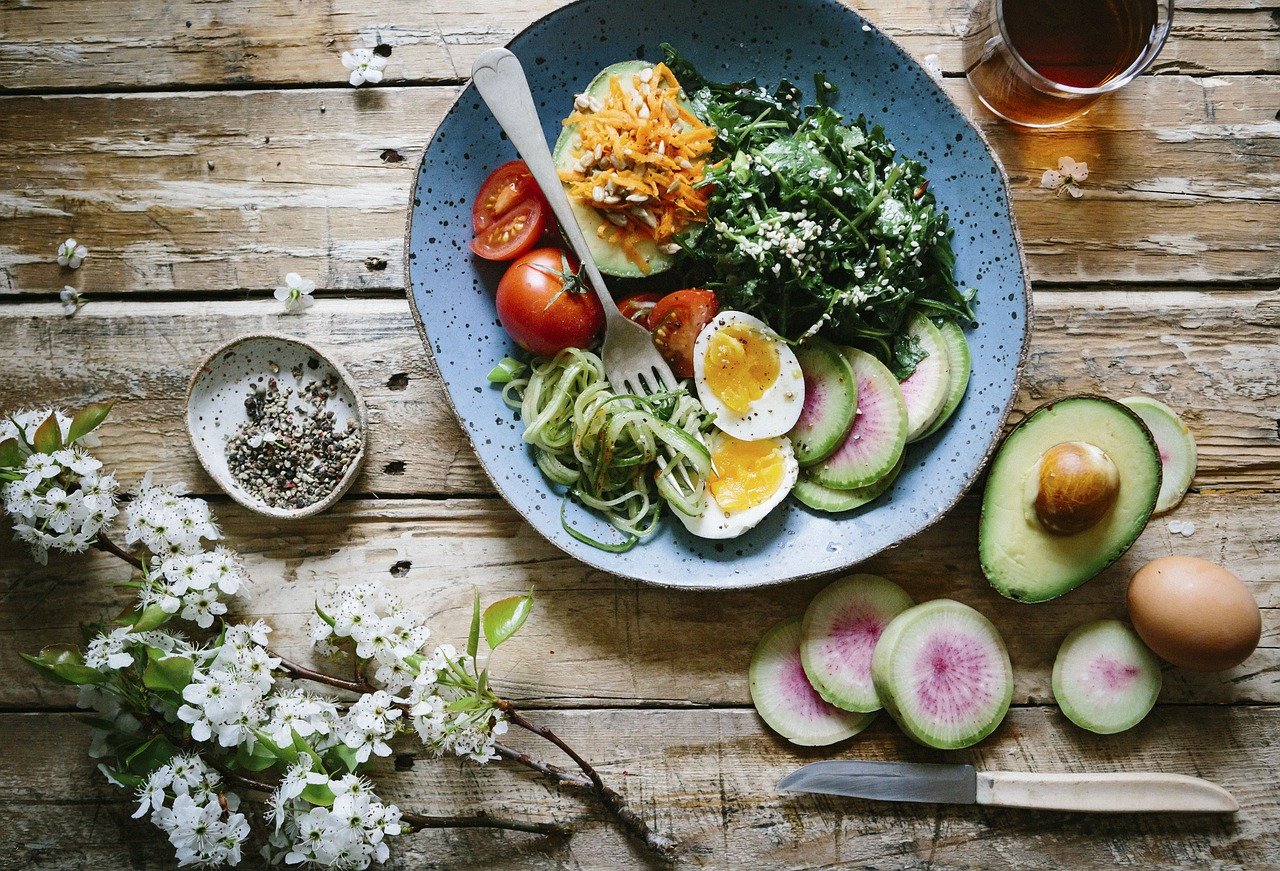Make vegetables a featured part of your plate. They are generally low in calories and carbohydrates, while high in fiber. Vegetables are packed with vitamins, minerals, and other healthy nutrients like antioxidants.
Since vegetables contain carbohydrates, we may be sensitive to some of them, which might make it harder to get a high meal score. Here are some tips to help you enjoy vegetables and keep your meal score above 8.

Choose More Non-starchy Vegetables
Remember there are starchy and non-starchy vegetables. Starchy ones contain more carbs and for most people, sore lower than non-starchy veggies. Here’s a list to remind you what goes into each category:
Starchy:
- potatoes
- yams
- sweet potatoes
- corn
- green peas
- acorn squash
- butternut squash
- turnips
Non-starchy:
- zucchini
- yellow squash
- onion
- tomatoes
- carrots
- spinach
- kale
- cabbage
- peppers
- broccoli
- cauliflower
- and so many more!
Adjust the Portion Size
If the score of a one-cup serving is low, check and see how a 1/2 cup serving works with your meal. Chances are it will be much better.
Add Some Fat
- Add a little vegetable oil, such as olive oil or canola oil, to cook or add flavor to your veggies. This can help improve the score.
- Add a sprinkling of chopped nuts or seeds as a topping.
- Diced avocados can be a great addition to salads, soups, enchiladas, tacos, or pastas. Or mash them up and enjoy as a spread on toast, sandwiches, bagels, or as guacamole.
Pair with a Protein
Remember, if your vegetable has a low score by itself, see how it scores when paired with the other items in your meal. Adding your protein (chicken, fish, beef, tofu, cheese, or egg) will likely improve the score.
Try Something New
It can feel boring to eat the same few foods over and over again.
- Try different cooking methods, such as roasting veggies with olive oil and herbs or using an air fryer.
- Try some of the less common non-starchy veggies such as Asian eggplant, broccolini, bok choy, yellow peppers, asparagus, or mushrooms.
- Pickled or fermented veggies such as kimchi or sauerkraut often score well. They are also a great source of probiotics to increase your healthy gut bacteria.
Enjoy as a Snack
Vegetables aren’t just for meals, having them as a snack is a great way to get more vegetables in your diet.
- Sautéed broccoli topped with parmesan cheese and a sprinkle of lemon juice can make a great snack.
- Pair your raw vegetables like carrots, peppers, or cucumber with a dip or spread you enjoy. They go well with ranch, hummus, spinach artichoke dip, cheese balls, etc. A Greek yogurt-based dip can also add more protein.
- Try a d mini caprese salad. Dice a cheese stick into cubes. Then mix with some cherry tomatoes, fresh basil, and a sprinkle of olive oil and salt.
- Enjoy some cucumber canapes. Top sliced cucumber with cream cheese and smoked salmon. This can be a great snack or even an appetizer for parties.